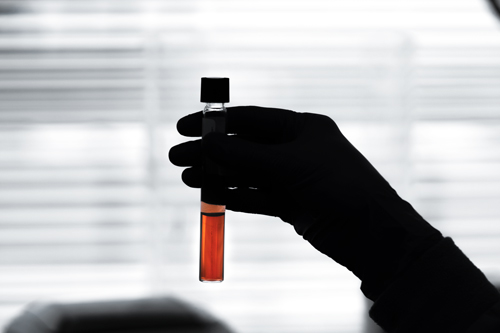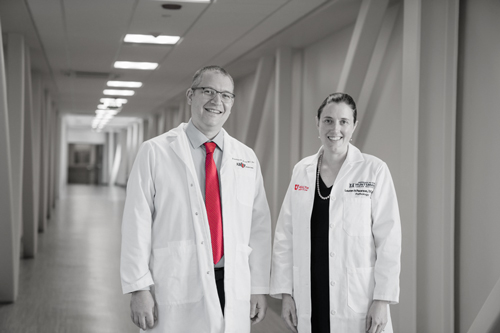
Benjamin Bradley, MD, PhD, medical director of the ARUP Institute for Research and Innovation in Infectious Disease Genomic Technologies, High Consequence Pathogen Response, Virology, and Molecular Infectious Diseases, participated in a media briefing on avian influenza.
ARUP Laboratories’ Benjamin Bradley, MD, PhD, medical director of the ARUP Institute for Research and Innovation in Infectious Disease Genomic Technologies, High Consequence Pathogen Response, Virology, and Molecular Infectious Diseases, compared the current avian influenza (H5N1) outbreak with the COVID-19 outbreak during a media briefing with the College of American Pathologists (CAP).
“We are facing a very different landscape with H5 because clinical laboratories like ARUP have the capacity to detect it. It is not a novel virus like SARS-CoV-2 was when it emerged, and we have been engaged with the CDC to proactively prepare,” Bradley said.
ARUP and four other labs were selected by the CDC as formal partners in the development of a test for H5N1 in September. The partnerships marked a shift for the CDC in that they enabled ARUP and the other labs to work on testing solutions alongside the agency now, rather than once a public health emergency has arisen.
“One of the good outcomes of COVID has been an expansion of next generation sequencing (NGS) platforms to do rapid genotypes of avian influenza viruses. We can monitor very closely for mutations that show it is beginning to adapt to humans or mammals from birds, and right now, we are not seeing those adaptations,” Bradley explained.
The CDC confirmed the first severe human case of H5N1 in Louisiana on December 13 and said that the virus belongs to the D1.1 genotype, which is different than the B3.13 genotype detected in dairy cows and other people in the United States. It was determined that the patient had exposure to sick and dead birds in backyard flocks. This is the first case in the U.S. linked to exposure to a backyard flock, according to the CDC.
A total of 61 human cases of H5N1 have been confirmed in the U.S., but Bradley said serology surveys show there have likely been more infections. “Not quite knowing the full picture is concerning, but we have surveillance testing to monitor flu trends, and NGS to keep tabs on mutations,” Bradley said. “A year from now, we might only see minor circulation, and this never becomes something that requires a high degree of human testing, but viruses reassort, and we need to be alert to the possible threat.”
The sentiment was echoed by the other panelists, who included Donald Karcher, MD, president of CAP, and Bobbi Pritt, MD, MS, chair of the CAP Council on Scientific Affairs and chair of Clinical Microbiology at the Mayo Clinic.
Learn more about ARUP’s partnership with the CDC here.
Watch the media briefing here.
Bonnie Stray, bonnie.stray@aruplab.com
















